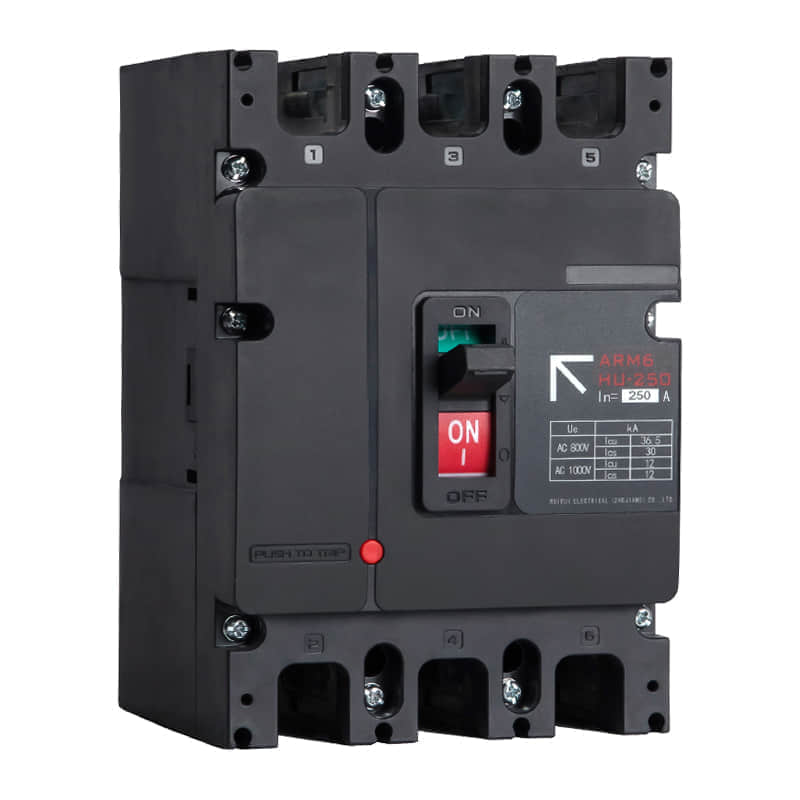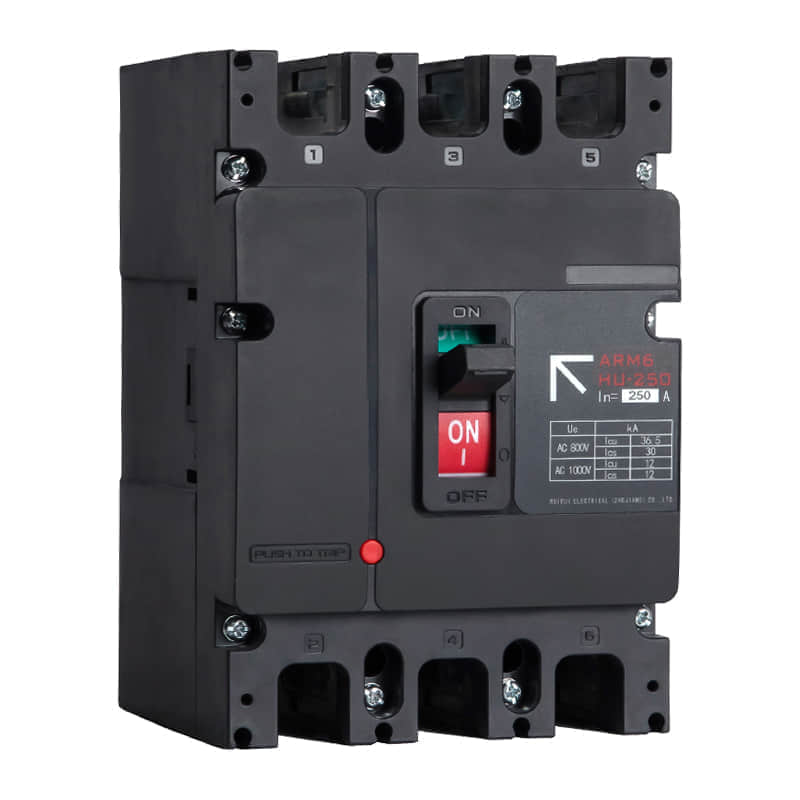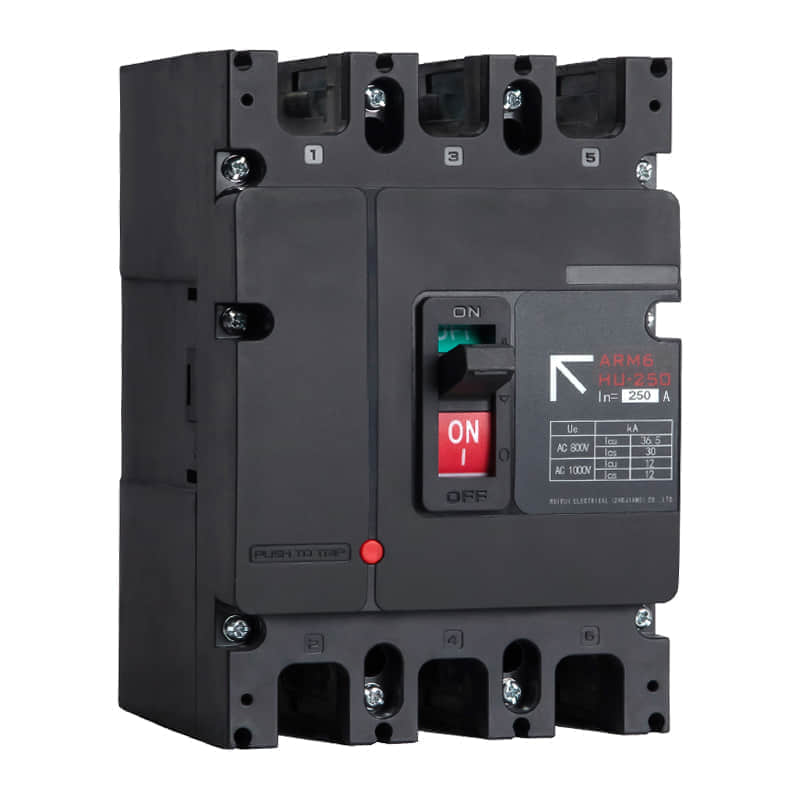Thermosetting compression moulding, often referred to simply as compression moulding, is a widely used manufacturing process that transforms raw materials into durable and resilient products. This versatile method offers numerous advantages, making it a preferred choice in various industries such as automotive, aerospace, electronics, and more. In this article, we will delve into the world of thermosetting compression moulding, exploring its key principles, applications, and benefits.

Understanding Thermosetting Compression Moulding

Thermosetting compression moulding is a manufacturing technique used to shape and cure thermosetting materials. Thermosetting materials, unlike thermoplastics, undergo a chemical transformation when heated, becoming rigid and stable. This process involves several key steps: 1. Material Preparation The process begins with the preparation of raw materials, which are typically in the form of granules, pellets, or pre-impregnated sheets. These materials often include phenolic resins, epoxy resins, and other thermosetting polymers, combined with reinforcement materials like fiberglass, carbon fiber, or aramid. 2. Mould Design A carefully designed mould, often made from metal, is used to shape the product. The mould consists of two halves that are brought together during the compression moulding process. 3. Loading the Material The prepared thermosetting material is placed into the open mould cavity. 4. Compression The mould halves are then closed and subjected to high pressure, typically achieved through hydraulic presses. This compression forces the material to conform to the mould’s shape and expels excess resin. 5. Curing The mould, now under pressure, is heated to a specific temperature to initiate the curing process. During curing, the thermosetting resin undergoes a chemical reaction, cross-linking and hardening into a solid form. 6. Cooling and Ejection After curing, the mould is cooled, allowing the part to solidify further. Once sufficiently cooled, the mould opens, and the finished product is ejected. Applications of Thermosetting Compression Moulding Thermosetting compression moulding finds applications in a wide range of industries, owing to its ability to produce high-strength, durable, and dimensionally stable components. Some common applications include: 1. Automotive Parts Compression moulding is used to manufacture various automotive components, including brake pads, clutch plates, and composite body panels, due to its excellent heat resistance and mechanical properties. 2. Electrical and Electronics The process is widely employed in the production of insulating components, circuit boards, and electrical connectors, thanks to its electrical insulation properties and dimensional stability. 3. Aerospace Aerospace applications utilize compression moulding for creating lightweight, high-strength composite parts like aircraft interior panels and structural components. 4. Consumer Goods Thermosetting compression moulding is used for producing consumer goods such as kitchenware, toilet seats, and electrical switchgear components. Advantages of Thermosetting Compression Moulding High Strength: Products manufactured through this process exhibit exceptional strength and rigidity, making them suitable for demanding applications. Dimensional Stability: Compression moulding offers precise control over part dimensions, ensuring consistency and accuracy in production. Chemical Resistance: Thermosetting materials are often resistant to chemicals, making them ideal for applications involving exposure to harsh substances. Heat Resistance: The cured thermosetting products can withstand high temperatures without deforming or degrading. Cost-Effective: The process is cost-effective for large-scale production runs, thanks to rapid cycle times and minimal material waste. Design Flexibility: Moulds can be customized to create complex shapes and intricate designs, offering design freedom. In conclusion, thermosetting compression moulding is a versatile manufacturing process that plays a crucial role in several industries, producing durable and high-performance components. Its ability to create products with outstanding mechanical properties, chemical resistance, and heat resistance make it a reliable choice for various applications. As technology and materials continue to advance, thermosetting compression moulding will likely remain a cornerstone of modern manufacturing. Title: “Leading the Way: China’s Premier Metal Stamping Die Manufacturers” China has established itself as a global manufacturing powerhouse, and its prowess in metal stamping die production is no exception. Chinese metal stamping die manufacturers have consistently demonstrated innovation, quality, and competitiveness on the global stage. In this article, we will explore the world of China’s metal stamping die manufacturers, their rise to prominence, and the key factors driving their success. A Legacy of Excellence China’s journey to becoming a leader in metal stamping die manufacturing is a testament to its unwavering commitment to quality and precision. Over the years, Chinese manufacturers have invested heavily in research, technology, and workforce development, positioning themselves at the forefront of this specialized industry. Cutting-Edge Technology Chinese metal stamping die manufacturers leverage cutting-edge technology to stay ahead of the curve. Computer Numerical Control (CNC) machining, high-speed milling, and advanced CAD/CAM software are just a few of the technologies that enable them to create intricate and precise stamping dies. This technological edge ensures the production of high-quality, dimensionally accurate components. Versatility in Material Expertise One of the key strengths of Chinese metal stamping die manufacturers is their expertise in working with a wide range of materials. Whether it’s steel, aluminum, copper, or exotic alloys, these manufacturers have the capability to craft stamping dies tailored to the specific material properties, ensuring optimal performance and longevity. Global Supply Chain Integration China’s strategic geographical location has made it a hub for global supply chain integration. Metal stamping die manufacturers in China have the advantage of easy access to raw materials, cost-effective transportation, and efficient logistics networks, allowing them to seamlessly serve international clients. Stringent Quality Control Quality control is paramount in the metal stamping die industry, and Chinese manufacturers take it seriously. They adhere to rigorous quality control processes, employing state-of-the-art inspection equipment to ensure that each die meets or exceeds industry standards. This commitment to quality has earned them the trust of customers worldwide. Cost-Effective Solutions Competitive pricing has been a significant driver of China’s success in metal stamping die manufacturing. Chinese manufacturers can offer cost-effective solutions without compromising on quality, making them an attractive choice for businesses looking to optimize their production costs. Skilled Workforce China’s skilled workforce is a valuable asset in the metal stamping die industry. Highly trained engineers, machinists, and technicians contribute their expertise to the design and production of precision dies. Ongoing training and development programs ensure that the workforce remains at the forefront of industry advancements. Global Reach and Impact Chinese metal stamping die manufacturers have expanded their reach far beyond domestic borders. They have successfully established partnerships and collaborations with international clients, becoming an integral part of global supply chains. Their stamping dies are utilized in a myriad of industries, including automotive, electronics, aerospace, and more. Sustainability Initiatives Environmental sustainability is a growing concern, and Chinese metal stamping die manufacturers are actively addressing this issue. Many have adopted eco-friendly practices, such as recycling and waste reduction, to minimize their environmental footprint. This commitment to sustainability aligns with global trends and positions them as responsible industry leaders. In conclusion, China’s metal stamping die manufacturers have risen to prominence through a combination of cutting-edge technology, versatile material expertise, stringent quality control, and a commitment to cost-effective solutions. Their contributions to global supply chains and dedication to innovation ensure that they will continue to play a vital role in the manufacturing landscape for years to come. As the industry evolves, Chinese manufacturers are well-positioned to lead the way in shaping its future. Title: “China’s Excellence in Molded Case Parts Manufacturing” China has emerged as a global powerhouse in the field of molded case parts manufacturing. With a dedication to precision, innovation, and cost-effectiveness, Chinese manufacturers have become leaders in producing a wide range of molded case parts for various industries. In this article, we will explore the world of China’s molded case parts manufacturers, their rise to prominence, and the factors driving their success. A Legacy of Quality China’s journey to becoming a premier molded case parts manufacturer is characterized by a relentless commitment to quality. Over the years, Chinese manufacturers have invested heavily in research, technology, and workforce development, positioning themselves as leaders in this specialized industry. Cutting-Edge Technology Chinese molded case parts manufacturers leverage cutting-edge technology to maintain their competitive edge. Computer-aided design and manufacturing (CAD/CAM) software, advanced injection molding machines, and robotics automation are just a few of the technologies that enable them to create intricate and precise molded case parts. This technological prowess ensures the production of high-quality components with tight tolerances. Versatility in Materials One of the key strengths of Chinese manufacturers is their expertise in working with a wide range of materials. Whether it’s engineering plastics, thermosetting resins, or specialty compounds, these manufacturers have the capability to craft molded case parts tailored to the specific material properties, ensuring optimal performance and durability. Global Supply Chain Integration China’s strategic geographical location has made it a hub for global supply chain integration. Molded case parts manufacturers in China benefit from easy access to raw materials, cost-effective transportation, and efficient logistics networks, allowing them to efficiently serve international clients. Rigorous Quality Control Quality control is paramount in the molded case parts industry, and Chinese manufacturers uphold stringent standards. They employ advanced quality control processes, including precision measurement and inspection, to ensure that each part meets or exceeds industry specifications. This commitment to quality has earned them the trust of customers worldwide. Competitive Pricing Competitive pricing has been a significant driver of China’s success in molded case parts manufacturing. Chinese manufacturers can offer cost-effective solutions without compromising on quality, making them an attractive choice for businesses looking to optimize their production costs. Skilled Workforce China’s skilled workforce is a valuable asset in the molded case parts industry. Highly trained engineers, mold designers, and technicians contribute their expertise to the design and production of precision parts. Continuous training and development programs ensure that the workforce remains at the forefront of industry advancements. Global Impact Chinese molded case parts manufacturers have expanded their global footprint significantly. They have established partnerships and collaborations with international clients, becoming an integral part of global supply chains. Their molded case parts find applications in diverse industries, including automotive, electronics, healthcare, and consumer goods. Sustainability Initiatives Environmental sustainability is a growing concern, and Chinese molded case parts manufacturers are actively addressing it. Many have adopted eco-friendly practices, such as recycling and waste reduction, to minimize their environmental impact. This commitment to sustainability aligns with global trends and positions them as responsible industry leaders. In conclusion, China’s molded case parts manufacturers have risen to prominence through a combination of cutting-edge technology, versatile material expertise, stringent quality control, and a commitment to cost-effective solutions. Their contributions to global supply chains and dedication to innovation ensure that they will continue to play a vital role in manufacturing for years to come. As the industry evolves, Chinese manufacturers are well-prepared to lead the way in shaping its future.
